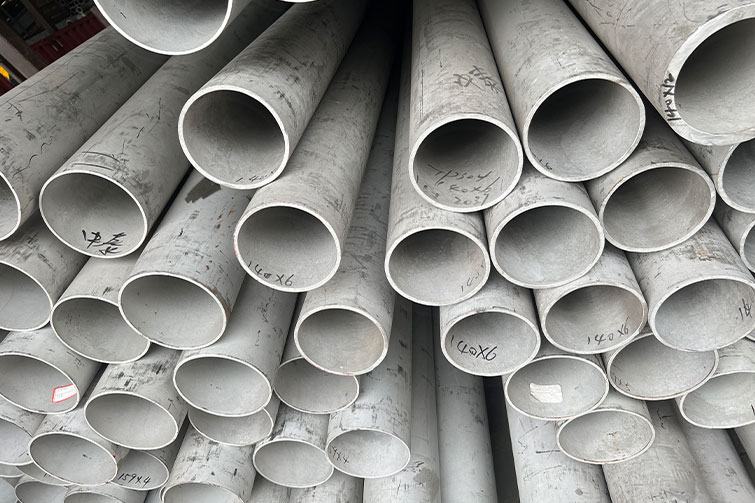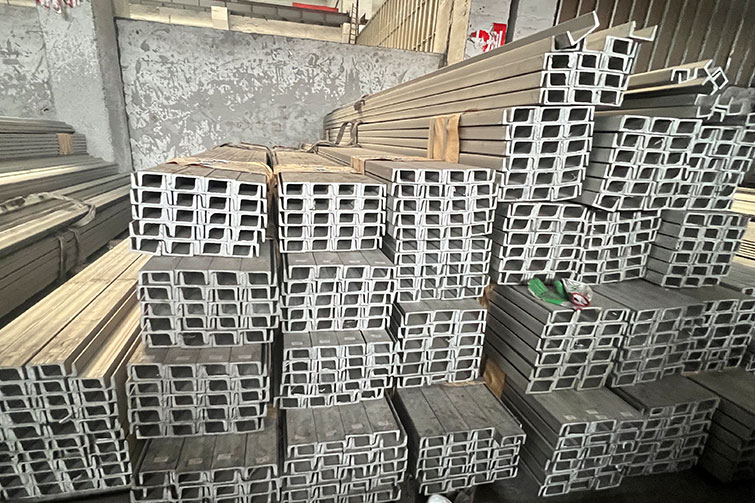

The Manufacturing Process of Brushed Stainless Steel and Mirror Stainless Steel
Stainless steel has become one of the most widely used materials in modern architecture, interior decoration, consumer electronics, and industrial equipment. Among the various surface finishes available, brushed stainless steel and mirror stainless steel are two of the most popular choices. Both finishes not only enhance the aesthetic value of stainless steel but also provide functional advantages in different application scenarios. Understanding their production processes helps in appreciating the precision, craftsmanship, and technology involved.
Brushed Stainless Steel
Brushed stainless steel is characterized by its matte, linear texture that reduces reflectivity and gives a soft, satin-like appearance. This surface is highly favored for household appliances, elevators, kitchen equipment, and decorative panels. The production process mainly involves mechanical abrasion to create consistent lines across the surface.
- Material Preparation The process begins with stainless steel sheets, usually grades such as 304 or 316, known for their corrosion resistance and durability. The sheets are carefully inspected for defects before processing.
- Grinding and Abrasion To achieve the brushed texture, the surface of the stainless steel is subjected to abrasive belts or brushes. The direction of the grinding is controlled to ensure uniform linear patterns. Depending on the desired finish, the grit size of the abrasive material can vary—from coarse for deep patterns to fine for subtle satin lines.
- Surface Cleaning After abrasion, the surface may contain fine dust, oil, or metal residues. Cleaning is performed using water and chemical agents to ensure a spotless finish.
- Optional Coating In many cases, a transparent protective film or anti-fingerprint coating is applied to preserve the surface appearance and make maintenance easier.
The resulting brushed stainless steel has a modern and understated look. Its ability to mask small scratches makes it practical for high-touch areas, while the directional pattern enhances visual appeal.
Mirror Stainless Steel
Mirror stainless steel, as the name suggests, features a highly reflective, glossy surface similar to a glass mirror. It is widely used in decorative panels, luxury architecture, jewelry, and signage. The manufacturing process requires extreme precision and multi-stage polishing to achieve the flawless reflective effect.
- Initial Grinding The process begins with coarse grinding to remove any surface irregularities, scratches, or oxidation layers. Abrasive belts or discs are used to create a smooth foundation.
- Intermediate Polishing Using progressively finer abrasives, the surface is refined in multiple stages. Each stage reduces the size of visible scratches and gradually enhances the smoothness of the sheet.
- Final Polishing (Buffing) To achieve the mirror effect, the stainless steel is polished with buffing wheels and polishing compounds, often containing alumina or diamond powder. This step is repeated until the surface reaches near-perfect flatness and reflectivity.
- Cleaning and Inspection After polishing, the sheets are carefully cleaned to remove any polishing residues. They undergo strict quality inspections under controlled lighting conditions to ensure no imperfections are visible.
- Protective Coating or Film To prevent scratching during handling and installation, a protective plastic film is often applied to the mirror-finished surface.
The mirror finish not only enhances the beauty of stainless steel but also provides functional benefits. Its smooth surface minimizes dirt adhesion, making cleaning easier, while its reflective quality can visually expand spaces in architectural applications.
Comparison of the Two Processes
Although both brushed and mirror stainless steel are produced from the same base material, their production techniques differ significantly. Brushed finishes rely on abrasion and controlled surface roughness, while mirror finishes depend on progressive polishing and buffing to achieve flatness and reflectivity. Brushed stainless steel emphasizes practicality and subtle elegance, while mirror stainless steel highlights luxury and sophistication.
Applications and Significance
- Brushed Stainless Steel: Common in elevators, kitchen backsplashes, escalator panels, and consumer electronics where durability and scratch resistance are priorities.
- Mirror Stainless Steel: Popular in high-end architecture, luxury interiors, hotel lobbies, and decorative arts where visual impact is key.
Both finishes demonstrate the versatility of stainless steel and the importance of surface engineering in modern design.
Conclusion
The production of brushed stainless steel and mirror stainless steel is not merely about altering appearance—it is a combination of precision engineering, advanced polishing techniques, and surface protection. Brushed stainless steel brings understated elegance and practicality, while mirror stainless steel delivers brilliance and sophistication. Together, they showcase how stainless steel, through different finishing processes, continues to be a timeless and indispensable material in both functional and decorative applications.






